The RDX60 could so nearly have been the new Rover 45 – and perhaps even the car to save MG Rover. But unlike its predecessor, nipped and tucked and dragged kicking and screaming into the 2000s against its will, the RDX60 would have aimed right for the top of the class, going head-to-head with the best family hatchbacks that Ford and Volkswagen could offer.
Instead, it ended up gathering dust as Longbridge sat empty and quiet, awaiting its ignominious end.

The signs had been coming for some time; we just didn’t want to believe them. In the early 2000s, MG Rover was a carmaker that needed to reinvent itself. The British brand was now under the ownership of the Phoenix Consortium, having risen from the ashes of the break-up of the Rover Group after BMW ended its ownership.
Despite what should have been the start of a promising new era, MG Rover was losing market share to rivals due to an ageing and somewhat undesirable line-up. To arrest the slide in sales, it needed to replace the ancient 25 and 45 models, but with no new models in the pipeline and little cash to build one, it desperately needed a saviour.
Under the prior period of BMW ownership, MG Rover had started the development of a new medium hatchback that would replace the 25 and 45. Codenamed R30, the new model was nearing completion when BMW left, taking the entire project with it. In an attempt to reverse the brand’s flagging sales numbers, a new mid-sized model was green-lit for development, codenamed RDX60.
A new saviour: Project RDX60
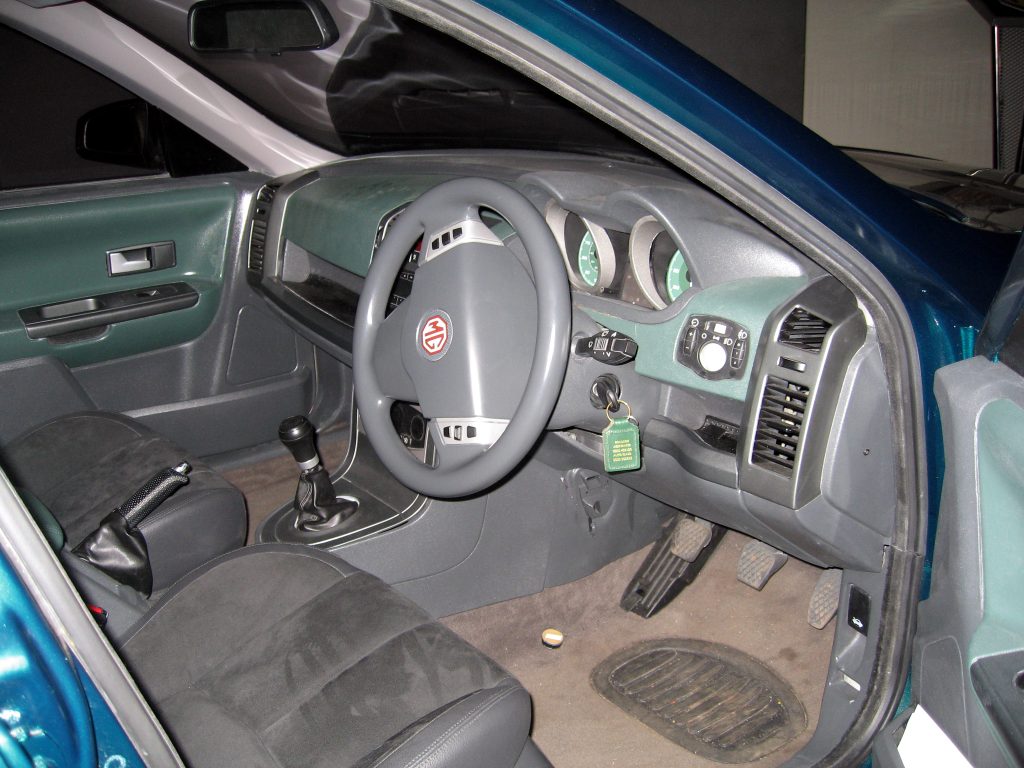
As nothing remained from the development of the R30, the RDX60 project had to be started from scratch. The company tasked John Tweedy to lead it, who’d previously overseen the development of the Rover 45. Contained under the RDX60 name initially were an array of models across both brands; RD60 referred to the Rover-badged three- and five-door hatchbacks, with the MG-badged versions called X60. Later in the project, a four-door Rover saloon dubbed RD61 and a five-door estate called RD62 were added to the proposed line-up.
Due to the tight financial situation at MG Rover, the new car had to be developed using the assets the company already had in-house. It used a revised version of the sophisticated Rover 75 platform with the same wheelbase, which would make it spacious for the class and cheaper to develop and produce. Key changes included the removal of BMW’s expensive Z-axle rear multi-link rear suspension set-up for a simpler beam axle design.
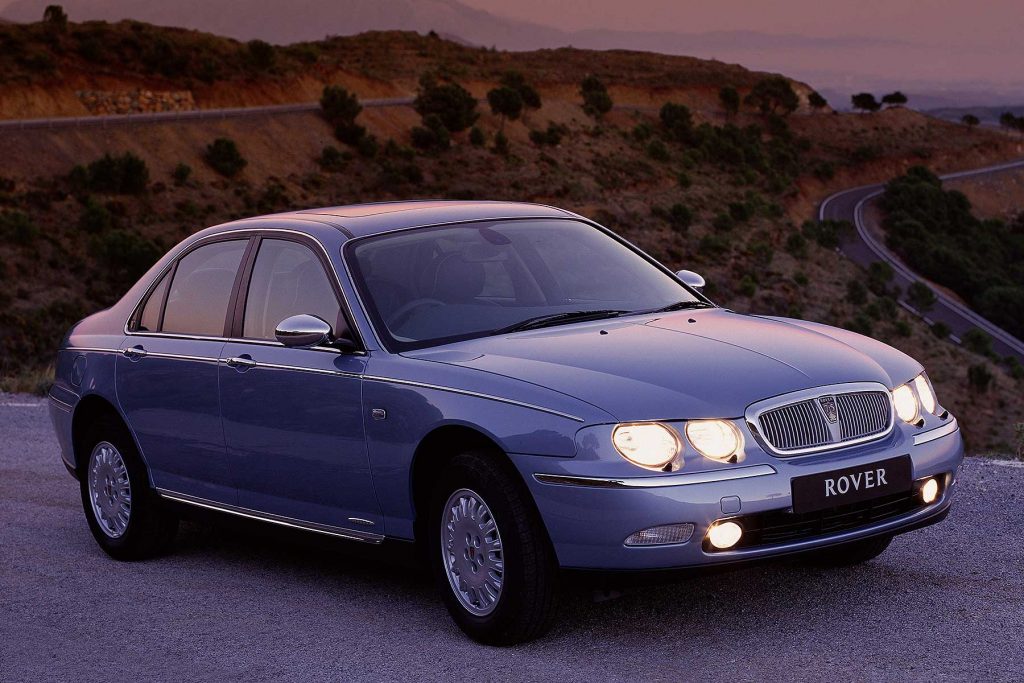
Initial progress on the RDX60 project was slow, with only a small team of engineers and designers working on the development and design, meaning MG Rover needed a partner to get the project moving. Tom Walkinshaw Racing (TWR) was brought in, which looked to be a wise decision given the company’s strong track record of working with mainstream car manufacturers such as Renault and Volvo.
TWR’s involvement accelerated the RDX60’s development, with a variety of designs and production tooling being completed in the first year. To save both time and money, the majority of TWR’s work was completed virtually using Computer-Aided Design (CAD) and Computer-Aided Manufacturing (CAM), with no physical prototypes being built.
While the new car’s development was moving quickly, its exterior design was causing controversy. Employees at MG Rover were said to have thought the final design chosen for the new car was rather ungainly, with a squared-off front end reminiscent of a pick-up truck. While the design was never seen outside of MG Rover, the Rover TCV (Tourer Concept Vehicle) revealed at the 2002 Geneva Motor Show is thought to closely resemble the RDX60’s bold design strategy.
A blown budget, and TWR crashes out of the race
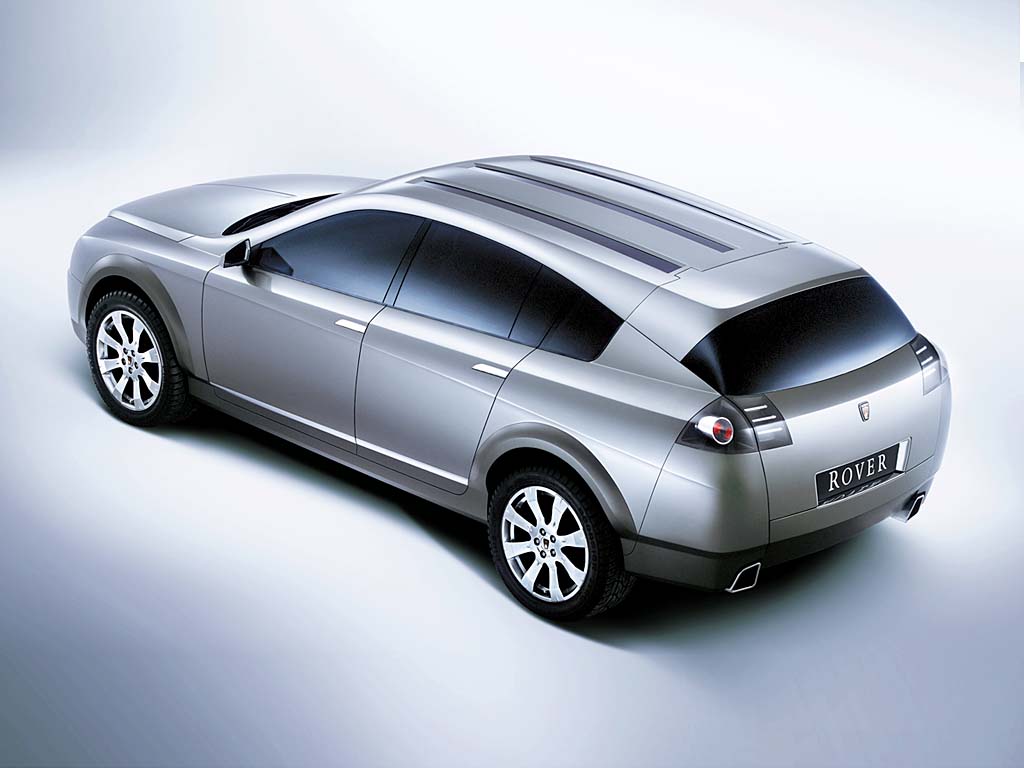
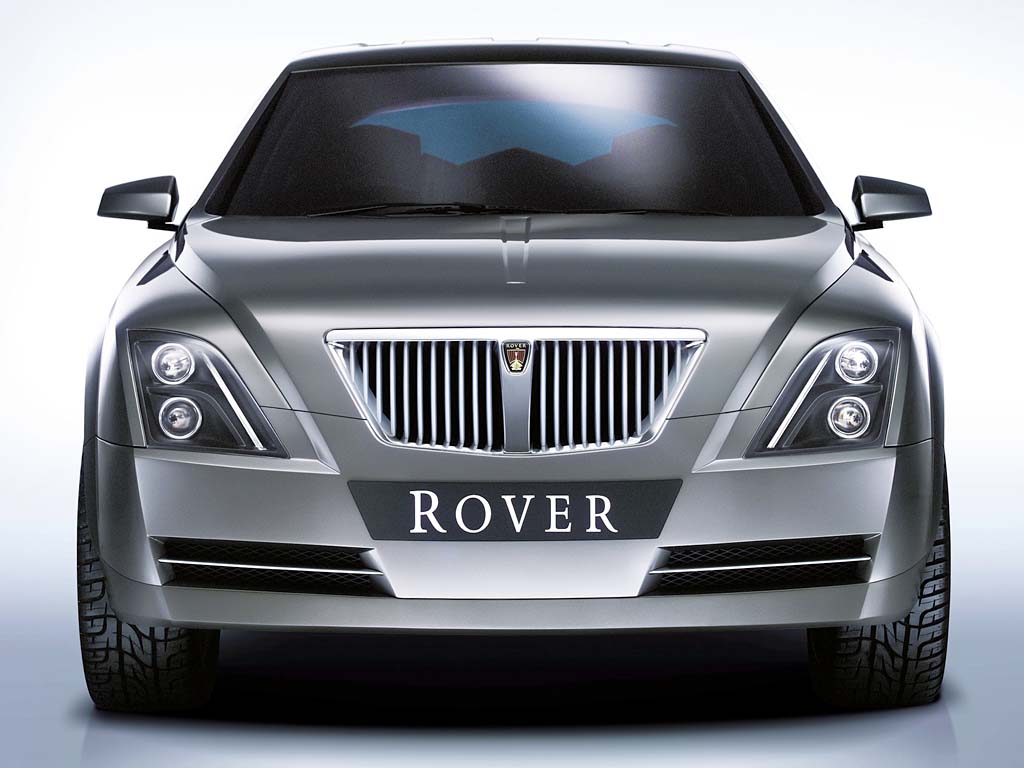
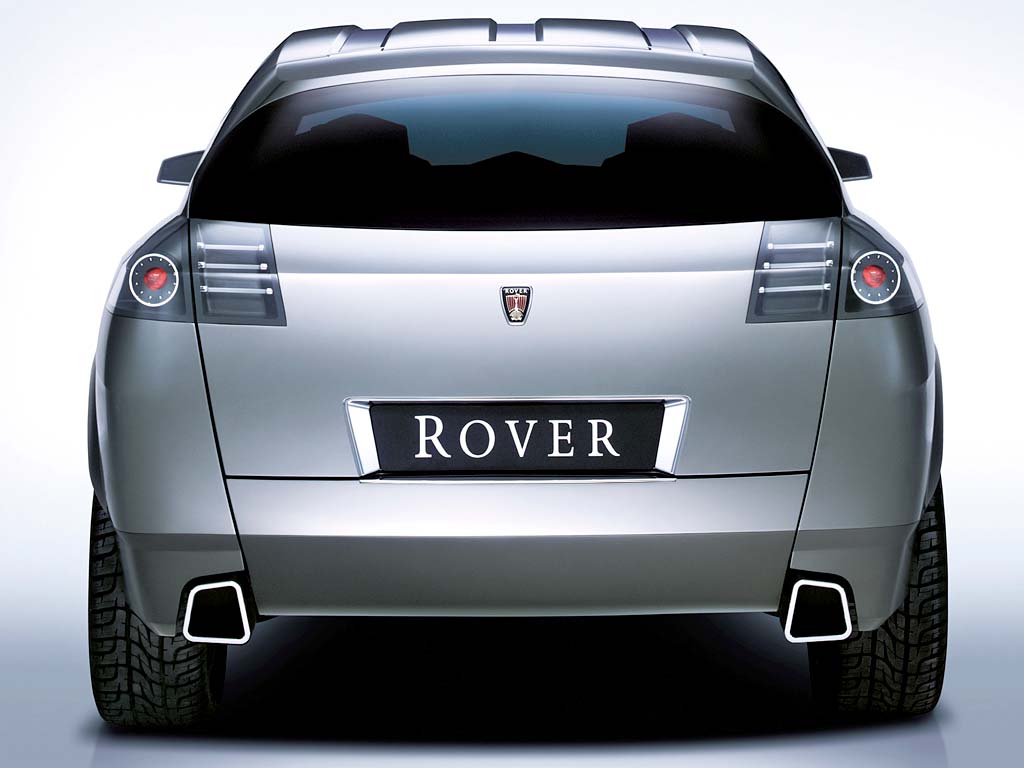
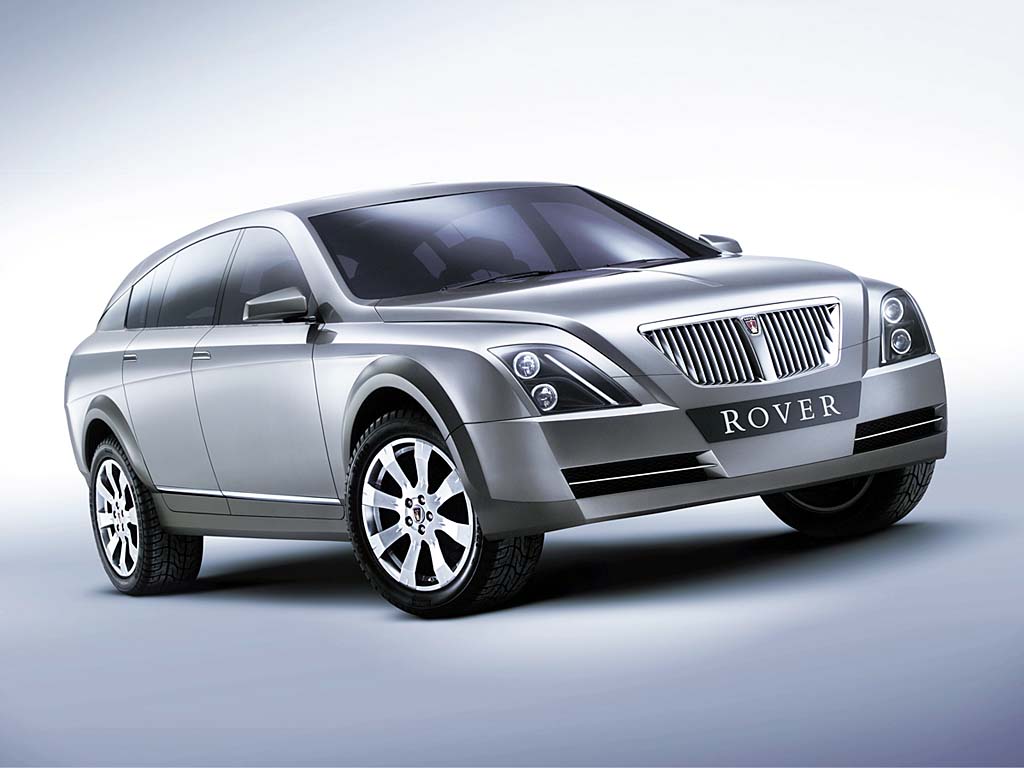
The RDX60 project was halted in early 2003 due to spiralling costs. To make matters worse for MG Rover, TWR went bankrupt within weeks, resulting in the loss of a significant portion of the project team as well as access to the RDX60 data and designs. After spending nearly £100 million on TWR’s development work, MG Rover was then forced to pay a large settlement amount to the administrators several months later to recover all of the project files.
Despite the loss of TWR and the project being halted, a running and driving prototype of the five-door RD60 hatchback was finally unveiled in November 2003 to a select group of dealers, parts suppliers, and high-level MG Rover employees.
While no official photos were ever released from this event, images that later surfaced online showed the car had a strong resemblance to the Vauxhall Signum, with an updated front-end that toned down the early truck-like design, and a futuristic interior most unlike Rover’s contemporary range.
The beginning of the end
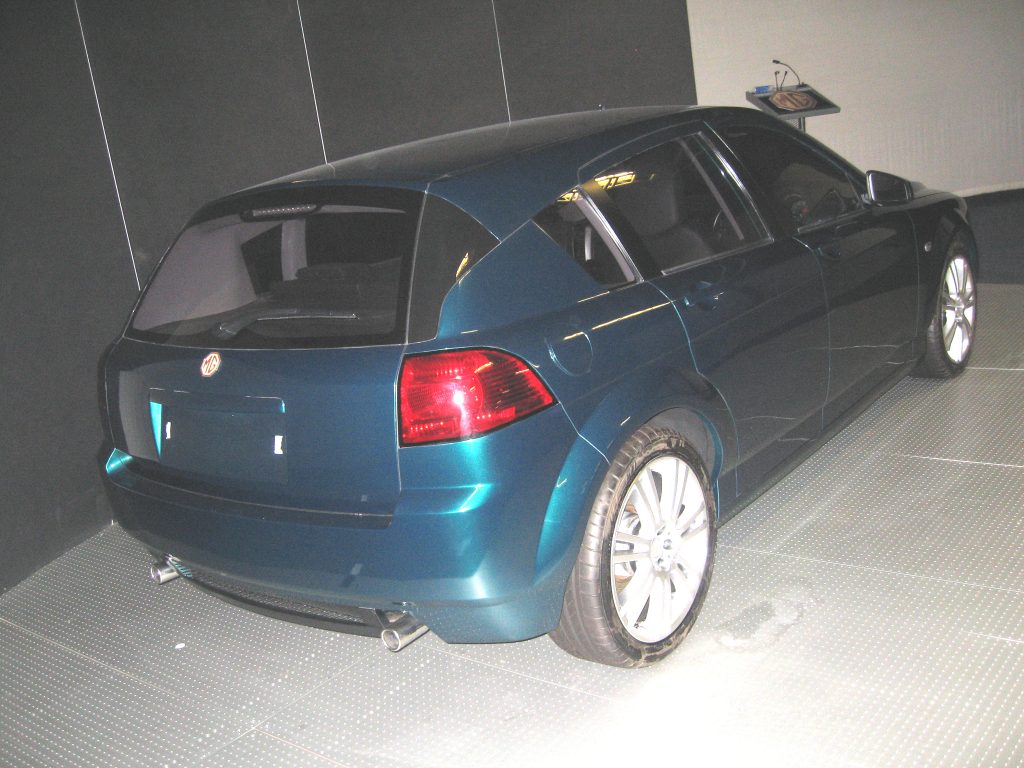
While the reveal of the prototype gave renewed hope that RDX60 would be finished, the progress of the project had been pretty much static since the summer of 2003.
Due to the ongoing delays and dizzying development sums, MG Rover now needed a new partner to push the RDX60 into production. The group got close to agreeing an alliance with Shanghai Automotive Industry Corporation (SAIC) in early 2004, but the Chinese carmaker had concerns about the RDX60’s design, allegedly asking for it to be overhauled. In the end, it never got even that far; SAIC swerved away due to MG Rover’s vast losses, which were estimated to be over £1 billion at the time. In April 2005, MG Rover called in the administrators, ending the RDX60 project and severing the company’s potential lifeline.
While MG Rover believed internally they could turn things around in the final years before it went out of business, a UK Government briefing report from 2001 suggests its demise was always inevitable. The report stated the company had a legacy cash reserve of only £500 million from BMW to cover the cost of its new medium-sized car – a sum insufficient to cover the development of a new model, let alone its significant operating losses.
RDX60: the final sightings
After the doors closed and shutters rolled down at MG Rover, the RDX60 prototype was hidden away in the Longbridge production facility. Photos of the green five-door RD60 hatchback prototype surfaced online in 2006, then over a decade later, in 2019, the car was photographed for the final time as the site was closed down. While its fate is unconfirmed, it’s thought that it was destined to be scrapped.
As for what became of the RDX60 project, it has been reported the SAIC-produced Roewe 550 saloon was derived from Rover’s work. While we’ll likely never know just how much of the RDX60’s development made it into the 550 (if any at all), its evolution later included the introduction of a plug-in hybrid – perhaps a glimpse of how MG Rover’s sharp new model could have kept ahead of the curve.
Read more
Concept Cars That Never Made The Cut: Rover P6BS / P9
The Handbook of Sloane Ranger Cars: Rover SD1
Peaking Tomcat: 30 years of the record-breaking Rover 200 Coupé







It did very well as it became the 1 Series….
What a shame if this car was scrapped. It should have had at least had a place at the British heritage museum at Gaydon
the British motor industry is littered with posts of people claimed “what could have been” – and extolling the virtues of discarded prototypes.
the fact is tat like all the main motor industries the UK industry had from the end of first world war the opportunity to grow and develop – they didn’t – this was largely f=down to unimaginative management and lack of product – there is no proof that any of the “could have been” models were any good and going by the quality of product and production it is almost a given that they “wouldn’t have been”.
Even if they had managed to get the car into production, firstly, as mentioned in the article it is similar in concept to the Vauxhall Signum, not a great success. Then there would have been the escalating costs of developing hybrids. Without a partnership with a company that could provide development, like they had previously had with Honda, how could they survive, and who was going to partner them after the way Honda was treated, the Chinese at this point were looking to take R&D not provide it.
Great story from Ben. Something I never knew.
Great story from Ben. Something I had never seen before.
Ugly looking thing. Had it come to market, it would have failed just as other BL products failed. All were subject to cutting corners and impacted quality control. Things improved with the Honda tie up.
The Rover P5 and P6 were quality and my late PA’s XJ6s should have been but all had issues. Sad as at one time the UK had a leading car industry. British industry has a habit of sitting on its laurels rather than keep leading the field.
It’s exactly like the British bike industry went as it way behind the times no future thinking 🤔 and also thinking others could not do better well just look what happened there complete take over by the Japanese market
Agree completely with Marvin Hurst.
Some things are better off dead. In this case, if for no other reason than it being ugly as sin. An absolute assault on the eyes.
Sad state of affairs concerning the british car market, of course workers were blamed,but id look more at the clowns in charge that swallowed up good manufacturers like Morris, Austin, Rover, hillman, to form British Leyland, put idiots in charge thats what led to its downfall not the men who built them
Hillman never became part of BL, it was a Rootes group model!
It all comes back to the fundamental problem of British manufacturing: returns are too low for the UK financial institutions, who prefer a fast buck.
Well I don’t care too much about what has gone before in these comments. I love my 1995 Rover 620ti (one of only 3 left on the road). Most of all I love burning up Audi TT’s up hill in my old Rover. They produced some fabulous cars, bought about many innovations fot the motoring industry, and were excellent value for money. Personally, I miss them.
I had a rover 416 for 23 years when sold on it had almost 192000 on the clock and still running well how many other car makers could of boasted that loved the rover group and miss them deeply 😪
Story not quite accurate . The costs did not run out of control but the funding of the project was dependent on a wide ranging cooperation with Brilliance under leadership of Yang Rong which included several models and manufacture in China on a huge new site near Ningbo in Zhejiang province ( not in the Brilliance home province of Liaoning ). He paid the first £ multi million instalment of the investment but later had his assets seized ( probably under the instruction of Bo Xilai the then governor of Liaoning ) and was forced to leave China ( and never returned) . At this point the project stopped and the Board looked for another partner . Discussions took place with many Chinese companies, but finally SAIC was selected.